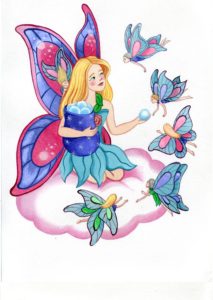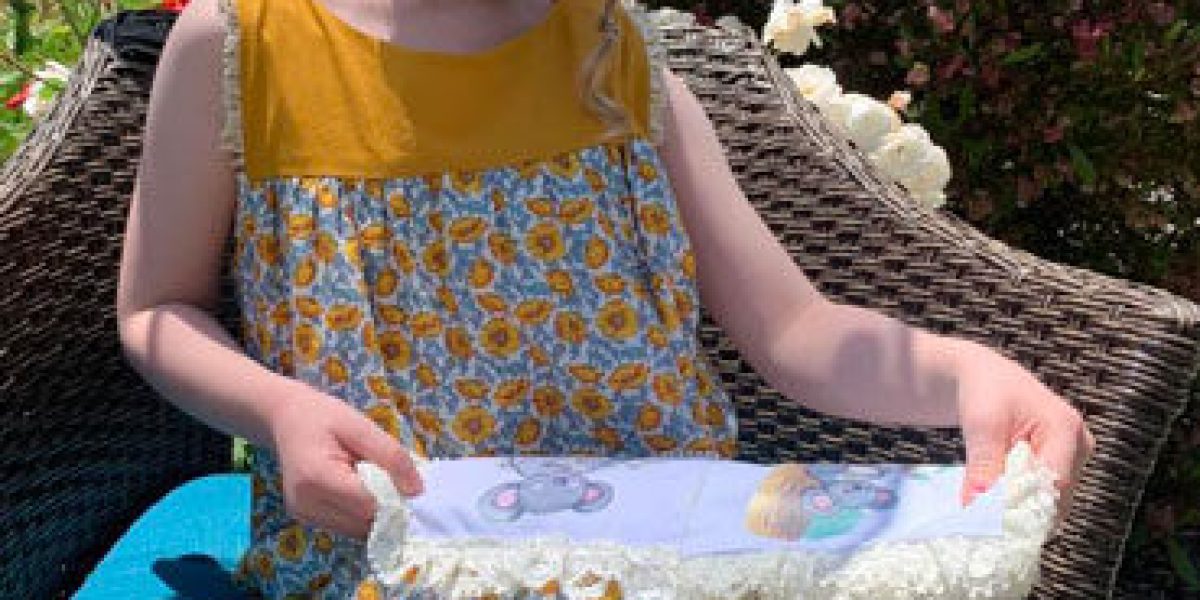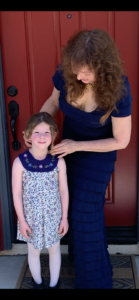

When I was searching for a patent lawyer to patent my STORYBOOK CLOTHING, the apparel line with a storybook inside its fabrics, several family members objected to my upfront high investment. I justify my investment and a lifetime of dedication to my craft for several reasons. First, I feel highly responsible for my products because my audience is children. They are our future society, and as a therapist and author, I make sure that my offering helps my clients in their upbringing. I also want to help mothers with the difficult task of raising children. Today I want to share the importance of having characters promoting human values in children’s clothing. In my search, I found the following benefits:
1. Positive reinforcement: Clothing with characters that promote important human values can be a constant visual reminder for children, reinforcing positive behaviors and values throughout their day. This can help shape their attitudes and behaviors. A study by Bandura (1977) published in the Journal of Personality and Social Psychology showed that positive reinforcement can increase prosocial behavior in children.
2. Socialization and peer influence: Children’s clothing with characters promoting human values can act as a conversation starter and facilitate discussions about values, ethics, and empathy among parents and peers. It can encourage positive social interactions and influence peer groups to adopt similar values. A study by Eisenberg et al. (2006) published in Developmental Psychology found that peer influence significantly shapes children’s prosocial behaviors.
3. Awareness and identification: Clothing with characters promoting human values can help children become aware of and identify with them. By seeing these characters as role models, children may be more likely to internalize and emulate the values they represent. A study by Malti et al. (2016) published in Child Development found that children who identified with fictional characters displaying prosocial behavior were likelier to exhibit prosocial behavior.
4. Development of High Moral Values and Better Decision-Making: Malti, Gummerum, Keller, and Chaparro (2016) found that virtuous literary characters help children and young adults develop high moral emotions and decision-making. Specifically, the study explores the importance of children assimilating the high moral values of literary characters. By examining emotions such as guilt, shame, and empathy, the researchers aimed to understand how children’s moral sentiments develop and influence their decision-making. The findings of this study shed light on the role of literary characters in shaping children’s moral development. They can contribute to the broader understanding of how moral emotions evolve throughout different stages of life.
Bibliography:
1. Bandura, A. (1977). Social learning theory. Englewood Cliffs, NJ: Prentice-Hall.
2. Eisenberg, N., Spinrad, T.L., & Knafo-Noam, A. (2006). Prosocial development. In W. Damon & R.M. Lerner (Eds.), Handbook of child psychology: Vol. 3. Social, emotional, and personality development (6th ed., pp. 646-718). Hoboken, NJ: Wiley.
3. Malti, T., Gummerum, M., Keller, M., & Chaparro, M.P. (2016). The development of moral emotions and decision-making from childhood to early adulthood. Child Development, 87(5), 1499-1512.



